New week, new season, new foils, and new challenges await. Which is good news for those of us that had a rough go of it last season. I only won one of the five arenas, despite getting five wins many, many times. But this week, the drought has been broken through a combination of skill, math, and luck. I found my way to six wins in my third run, and it feels good.
My final win was a total steal, which makes sense given the format. Behold: Smuggling Route! Where you can get some of the best cards for free. You can also get some of the worst cards for free as well, and I’m here this week to talk you through all of that.
Format Rules and Technical Data
The scenario rule for Smuggling Route ensures that your deck will always grow bigger.
At the end of each player’s turn, that player automatically acquires the cheapest card in the trade row.
We’re playing with the Colony Wars starter, along with Crisis Heroes. Those heroes are a fascinating aspect to include, because it decreases the average cost of the cards in the trade deck.
There is a bit of hidden rules text this week. If you end your turn with multiple cards in the trade row with the same cost, you will always acquire the left-most card. This will matter once or twice during the course of an average game, but when it does it can be critical. Knowing which card you are likely to acquire at the end of your turn should shape your decisions during the turn…
Also, if the card you acquire for free goes into your hand, you still discard it as the turn ends. This is a difference between the physical version of the game and the digital version. You still get the card, but you won’t get to save it in your hand until your next turn.
Doing The Math, So You Don’t Have To
This format ensures that you are going to get a free card every single turn. Maximizing that is, of course, the key way to win this format. You will be tempted to make purchasing decisions based on what could be, as opposed to what certainly is. Having an efficient deck, one that is likely to hit ally abilities, is the main way to get ahead in Star Realms. That is still true here. How do you deal with that in a format where you will get a random card each turn? Make it less random.
Blob’s trade-row scrapping gives you the power to control the luck, a bit. You can scrap cards before buying, to try to find something better to buy. Or you can scrap after buying, to change what the least expensive card in the trade row is. Over the course of my Arena runs this week, I developed a strategy for when I should scrap from the trade row.
Is the free card in your deck’s factions? Usually worth keeping, even if the card is only so-so in terms of power level.
Is the card’s cost less than the average card remaining in the trade deck? At the beginning of the game, with all 92 cards from Colony Wars and Crisis Heroes, the 92 cards in the trade deck are worth a combined 280 trade, for an average of 3.04 trade. This number will go up and down over time, and you can track it if you really want to. But most of the time, if you scrap a card that costs 1 or 2, you are likely to replace it with a better card. Of course, this only matters if the other cards in the trade row cost more than two trade…
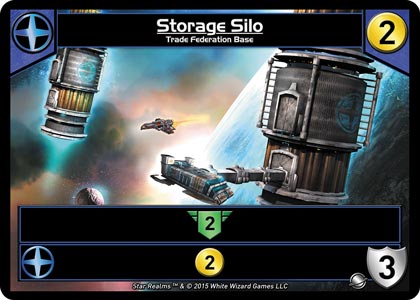
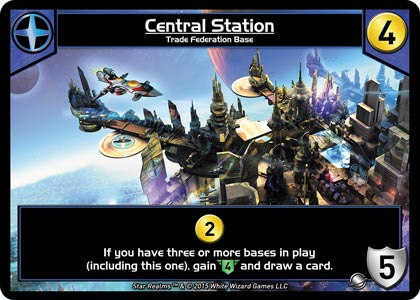
Is the card Storage Silo? Scrap it unless you have Central Station. Because both Storage Silo and Warning Beacon are so inexpensive, you are likely to find them in your decks as you run through the Arena. I have found them to be extremely lacking. Central Station makes them both worth it, and there are two copies of that card in the trade deck. But usually, scrap those silos.
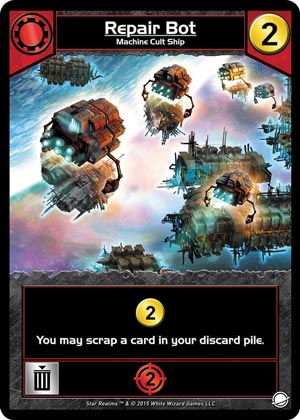
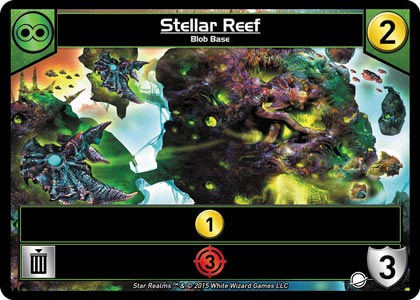
Does the card scrap itself? There are a few cheap cards with scrap abilities, and I love seeing them show up. If they fit into my strategy, great! If they don’t, I only have to draw them once. I wouldn’t purchase Repair Bot too often, but I would gladly take it as my free card most of the time. Same with Stellar Reef.
Joker! Joker! Storage Silo.
One of my favorite game shows of all time is The Joker’s Wild. The current version is okay, but the throwback version from the late 1970s/early 1980s is amazing to watch today. The huge slot-machine reels and swanky music and tan everything is just… amazing. That show sticks out to me because there is always a chance to have something amazing happen. If a player spins and gets a “joker” in all three windows, they have a chance to win the game right there and then. Is it fair? Not so much. But is it amazing? Sure thing.
This brings me to the final guideline for when you should scrap and/or buy the cheapest card from the trade row:
Is there a chance for a miracle? If four of the cards in the trade row cost 5 or more, I’d scrap the fifth card almost every time. Because there is a chance, albeit a small one, that you can make great things happen. I have even purchased cards I don’t really want for the chance that I can smuggle an expensive card that will show up next. While this is not the best strategy, it can be your best option if you fall behind early.
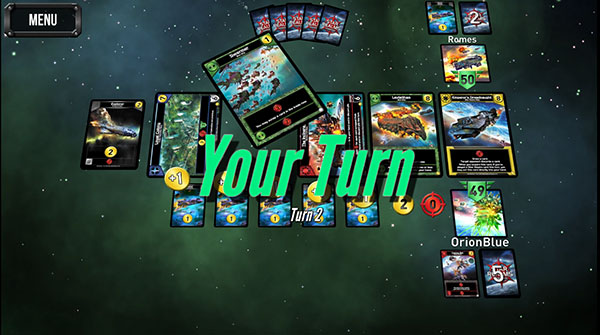
You can see from this screengrab of a replay, I started my first turn with 5 trade. I purchased Convoy Bot (yes, scrapping is still great) and it is being replaced with Swarmer. Given how expensive the board was at this stage, I probably should have purchased an Explorer… but, I saw the chance for a miracle. I purchased Swarmer on the hopes that an expensive card would replace it. It was replaced by Factory World, meaning I got to smuggle Loyal Colony!!!
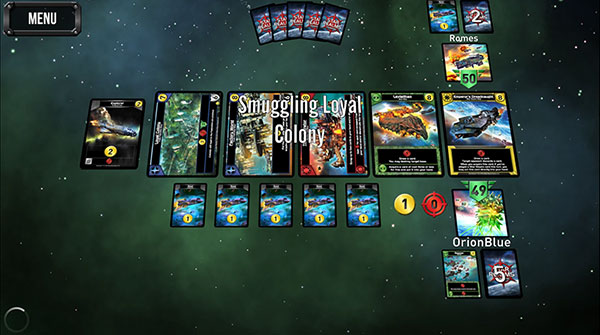
This game is my Game of the Week, and you can see the accelerated-replay video of it on YouTube. The interesting thing to note is that my opponent actually got more trade-worth of cards into their deck than I did throughout the entire game, but a first-shuffle Loyal Colony was too much to overcome.
Card Cost Distribution For Fun and Profit
Here is a breakdown of the costs of the cards in this week’s format. Keep it in mind when you are deciding what to scrap from the trade row, in hopes of getting something great for free. This list takes into account the frequency of each card in the trade deck. Of course, these percentages change over time based on cards being drawn, but it is a good starting point.
| Cost | Frequency | Approx Chance |
|---|---|---|
| 1 | 20 | 7.1% |
| 2 | 24 | 8.6% |
| 3 | 14 | 5.0% |
| 4 | 13 | 4.6% |
| 5 | 6 | 2.1% |
| 6 | 5 | 1.8% |
| 7 | 4 | 1.4% |
| 8 | 4 | 1.4% |
Conclusion
This week’s format has more luck than most Arenas, but smart players will use that variance to their advantage. Good luck!

Recent Comments